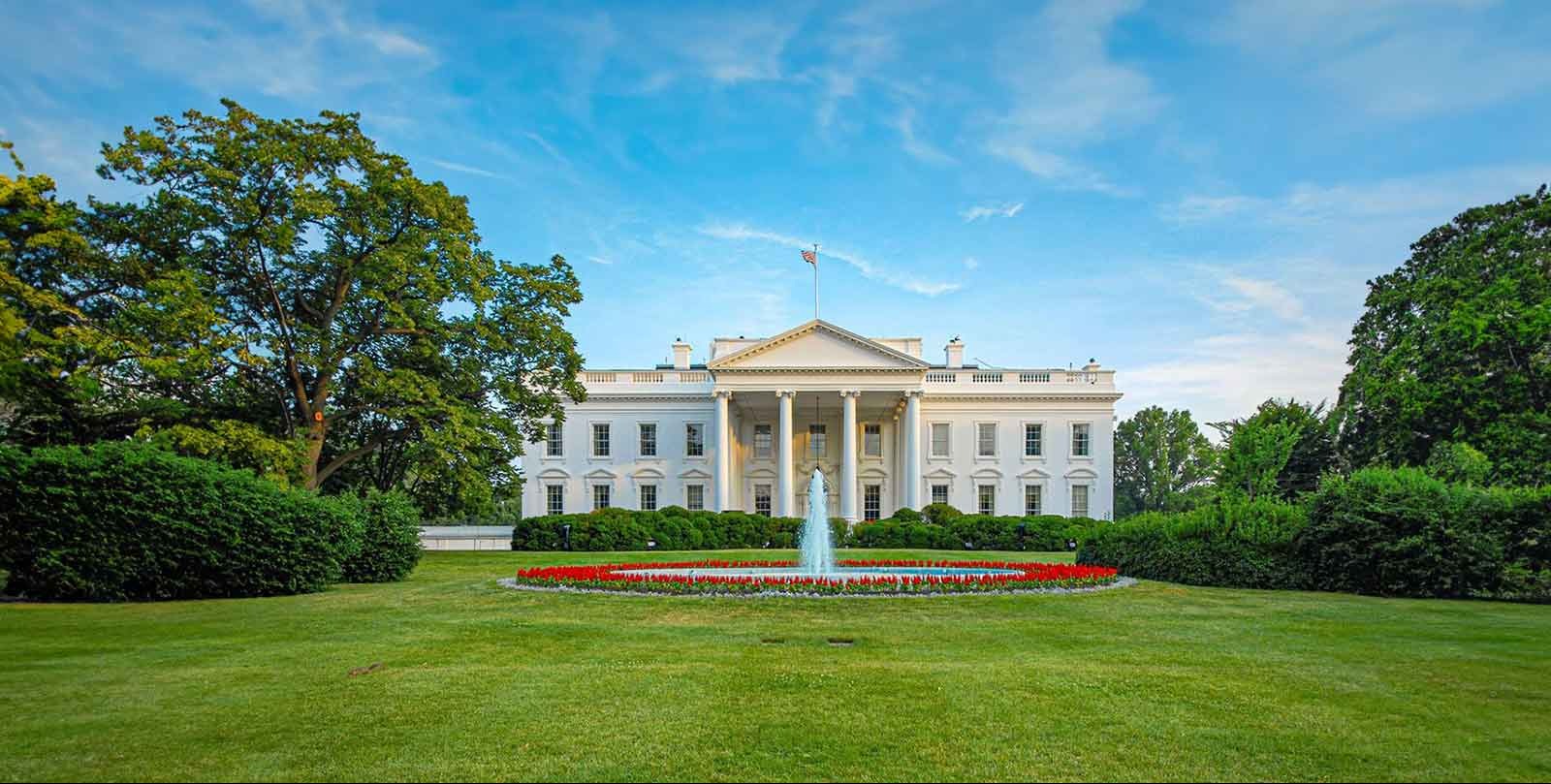What's Happening?
Mount Nemrut, located in southeastern Turkey, is home to a collection of giant stone sculptures that were erected approximately 2,000 years ago. These sculptures were created to guard the tomb of Antiochus
I, the ruler of the ancient kingdom of Commagene. The site features colossal heads that sit near the summit of the mountain, representing a blend of Greek, Persian, Assyrian, and Armenian traditions. Antiochus I aimed to secure his legacy and power by constructing these monumental figures, which include representations of deities and himself. Despite the passage of time and natural elements causing damage, the statues remain a significant archaeological wonder, attracting visitors who are drawn to both the historical significance and the breathtaking views from the mountaintop.
Why It's Important?
The site of Mount Nemrut is a crucial archaeological and cultural landmark that offers insights into the ancient kingdom of Commagene and its unique blend of cultural influences. The preservation of these stone figures provides valuable information about the historical interactions between different civilizations in the region. The ongoing interest in Mount Nemrut highlights the importance of preserving historical sites, as they contribute to our understanding of past societies and their beliefs. The site also serves as a significant tourist attraction, contributing to the local economy and promoting cultural heritage tourism.
What's Next?
Efforts to preserve and study Mount Nemrut continue, with modern technology being employed to protect the site from further deterioration. Researchers are using techniques such as 'nano lime' injections to stabilize the fragile stone statues against harsh weather conditions. Additionally, archaeological studies are ongoing to uncover more about the history and significance of the site, including the mystery of King Antiochus I's hidden tomb. These efforts ensure that Mount Nemrut remains a protected national park, allowing future generations to explore and appreciate its historical and cultural value.
Beyond the Headlines
Mount Nemrut's significance extends beyond its historical and archaeological value. It represents the ambition and legacy of ancient rulers who sought to immortalize their power and influence through monumental architecture. The site also raises questions about the preservation of cultural heritage and the ethical considerations involved in maintaining and studying ancient artifacts. As a symbol of the intersection of various cultural traditions, Mount Nemrut offers a unique perspective on the complexities of ancient civilizations and their lasting impact on modern society.














